





Feb 2022
By Claudia Wong
In 2020, at the height of the pandemic, the aviation industry saw a 50% drop in flight capacity and a 60% reduction in passengers. While Asia had initially seemed to be recovering from the pandemic, low vaccination rates and variants have stunted Asia’s recovery process. Can Asia bounce back to pre-pandemic levels of growth?
Mr Lim Ching Kiat, Changi Airport Group’s (CAG) Managing Director of Airhub Development, shares his thoughts at the Singapore Airshow 2022 media roundtable held on 26 January 2022.
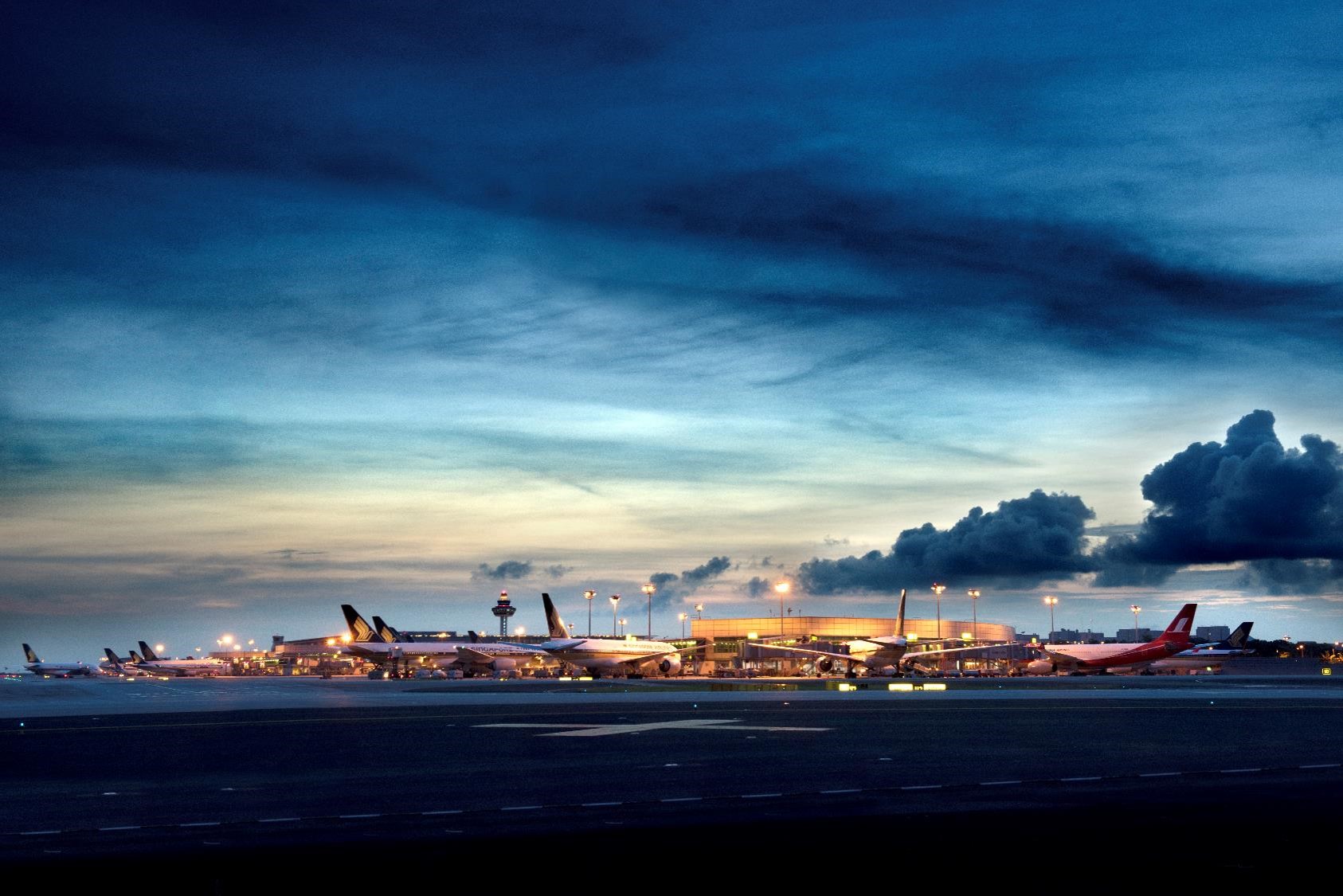


From your experience, how did the industry respond to the pandemic and what were some of the ways the industry came together during the height of the pandemic?
During the initial part of the pandemic, countries reacted differently with varied entry and quarantine requirements. As the crisis progressed, there was better coordination. Speaking from the Singapore experience, private-public cooperation was very important. We realised that this was a health crisis that had severe implications for aviation.
CAG co-led a task force with the Singapore Tourism Board as part of the national Emerging Stronger Task Force. To help kickstart inbound travel, we worked on a Covid insurance for foreign travellers to cover Covid-19-related costs in Singapore. It is not typical for an airport to get into the insurance business, but the sooner we accept that Covid will affect everyone, the more meaningful private-public cooperation can take place to anticipate and solve issues which can be quite complex.
There is an expectation that tourism will really begin to kickoff, now that vaccination rates are higher in general. Do you think that business travel is going to be coming back to the levels that it was at pre-Covid-19?
When Singapore started the Vaccinated Travel Lane (VTL) scheme, the initiative picked up momentum. The first few segments that travelled were visitors of friends and relatives, people who wanted to reunite with their loved ones.
I think that business travel will follow suit very quickly as well. People need to get back to their customers, before their competitors close in. They can choose to Zoom, but by and large businesses will want to re-engage in person, so I think some essential business travel will return. People also want to establish new relationships. They can maintain existing relationships via video calls, but nothing beats networking in person to forge new partnerships. In the near term, in my personal opinion, business travel may not return to the intensity of back-to-back business travel that some travellers used to do.
Leisure will also start to come back because you cannot Zoom a beach through your computer. It is returning slowly, and we have started to see green shoots. If Europe and North America serve as indicators, travel will bounce back extremely quickly, when allowed.
Moving forward, what are the changes that travellers have to deal with stemming from COVID-19?
From the Changi Airport experience, we have quickly moved towards contactless processes in terms of the passenger interaction and stepped up cleaning. We encourage travellers to pre-book their travel procedures via various digital touch points, look at checklists, and have documents ready, for a seamless travel journey.
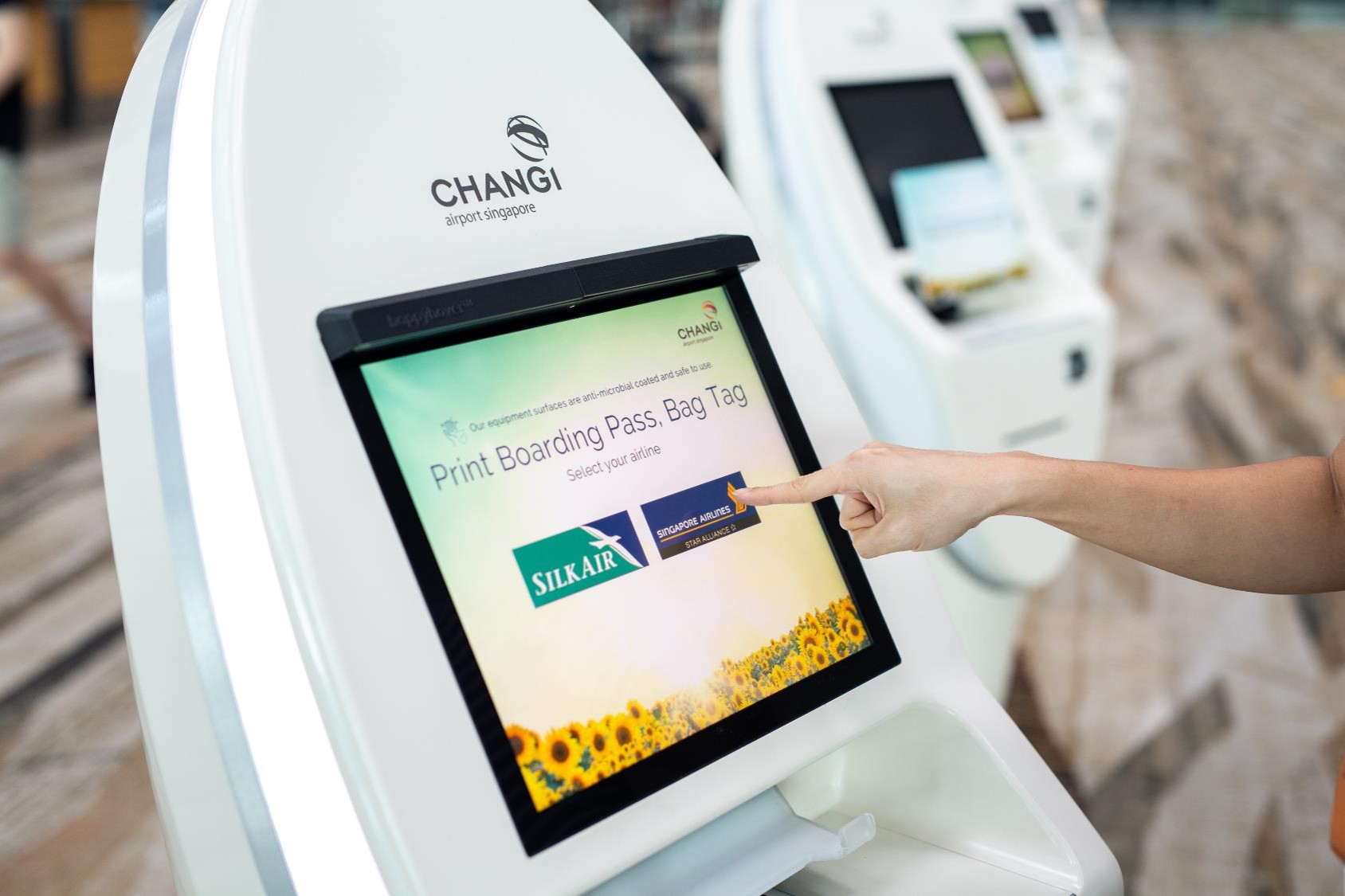


Check-in screens across the airport are now contactless
I am confident that we will reach a new normal. Just like how after September 11, people got used to a new way of doing things. Likewise, the aviation system, airlines and airports will get to a new normal. It takes some adjustment but it can be done. My family and I took advantage of the VTL to take a family vacation. It took a little bit of adjustment, but most of it was still like how we used to travel pre-Covid-19.
At Changi Airport, we encouraged the airport community to get vaccinated. Among the worldwide airport communities, we probably have the highest vaccination rate. This not only protects our staff but gives us the possibility to pursue a more open border policy.
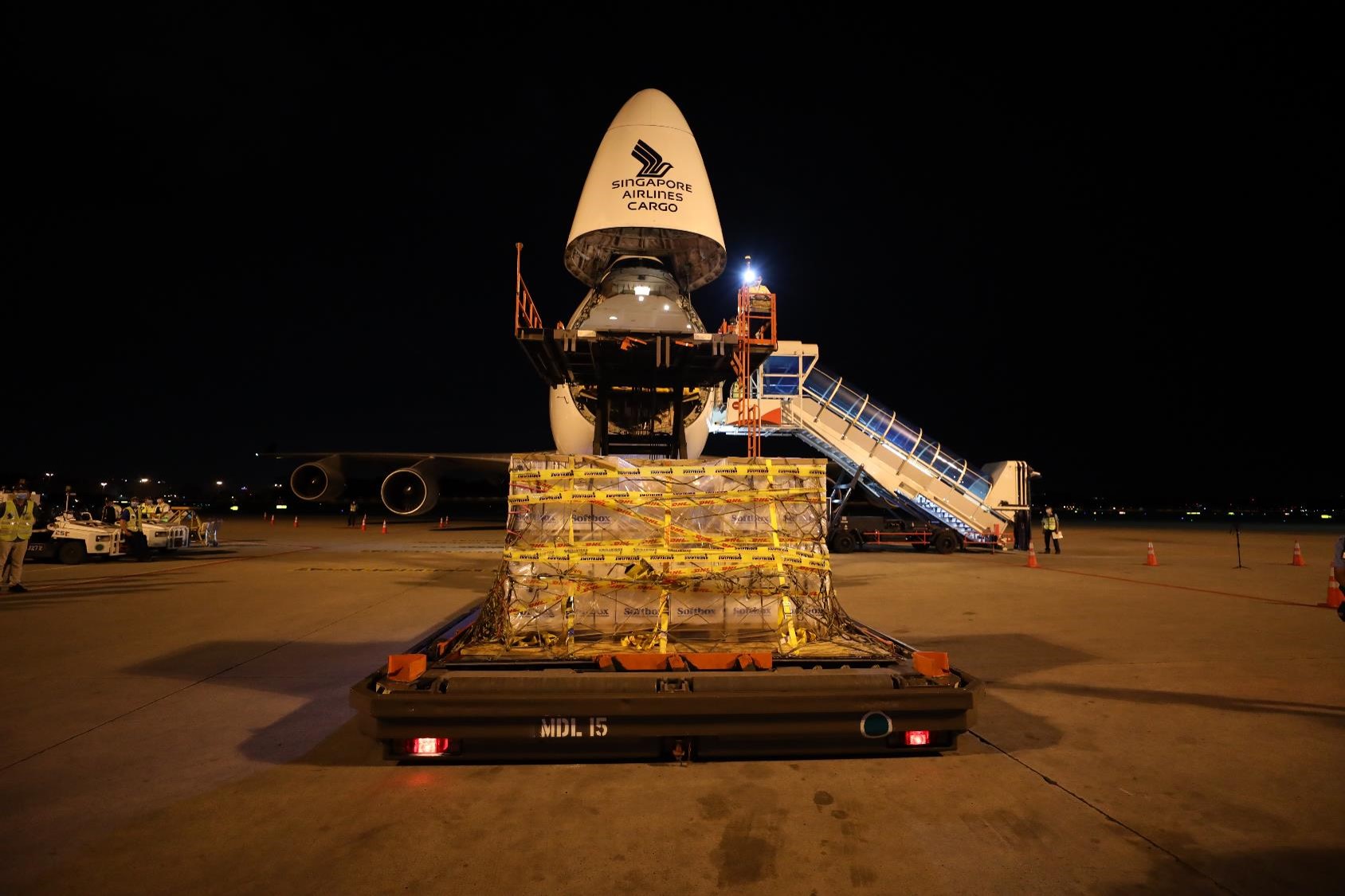


The first batch of vaccines arrived in Singapore in December 2020
When it comes to international travel, Asia seems to be falling behind. What really needs to change in order to really accelerate its recovery?
International travel for Asia has indeed been lagging the other regions. But the good thing is, since the later part of last year, it is slowly picking up momentum. Australia and Korea have been opening up.
The key difference between now and a year ago is vaccination. Now we have another card to play which we did not have a year ago. In the initial phase, most of those who travel will be predominantly vaccinated, so working out a system of protocol for vaccinated travellers with adequate testing will be the key to success, alongside an effective data-driven approach. Once we open borders and passengers come in, using that window to quickly test how to simplify the process will minimise the friction. We have to keep experimenting and improving the process using a fact-based approach.
There’s also pent-up demand for travel. In December, our top markets were India, Malaysia, Thailand and the United Kingdom. These were among the earliest vaccinated travel lanes, and people quickly took advantage of it to travel.
Where do you expect the Singapore and Southeast Asian aviation industry to be at in 2022?
From the last two years, we learnt that forecasting can be very tricky. Most of last year, Changi’s traffic was hovering about 3% of pre-Covid-19 levels. Within just three months after the launch of the VTLs, we have seen numbers increasing, to about 13% of pre-Covid-19 levels in December. While 13% is still low, it is about three to four times of what we were handling last year. This year, we are hopeful that it will be better than the last.
Other Articles
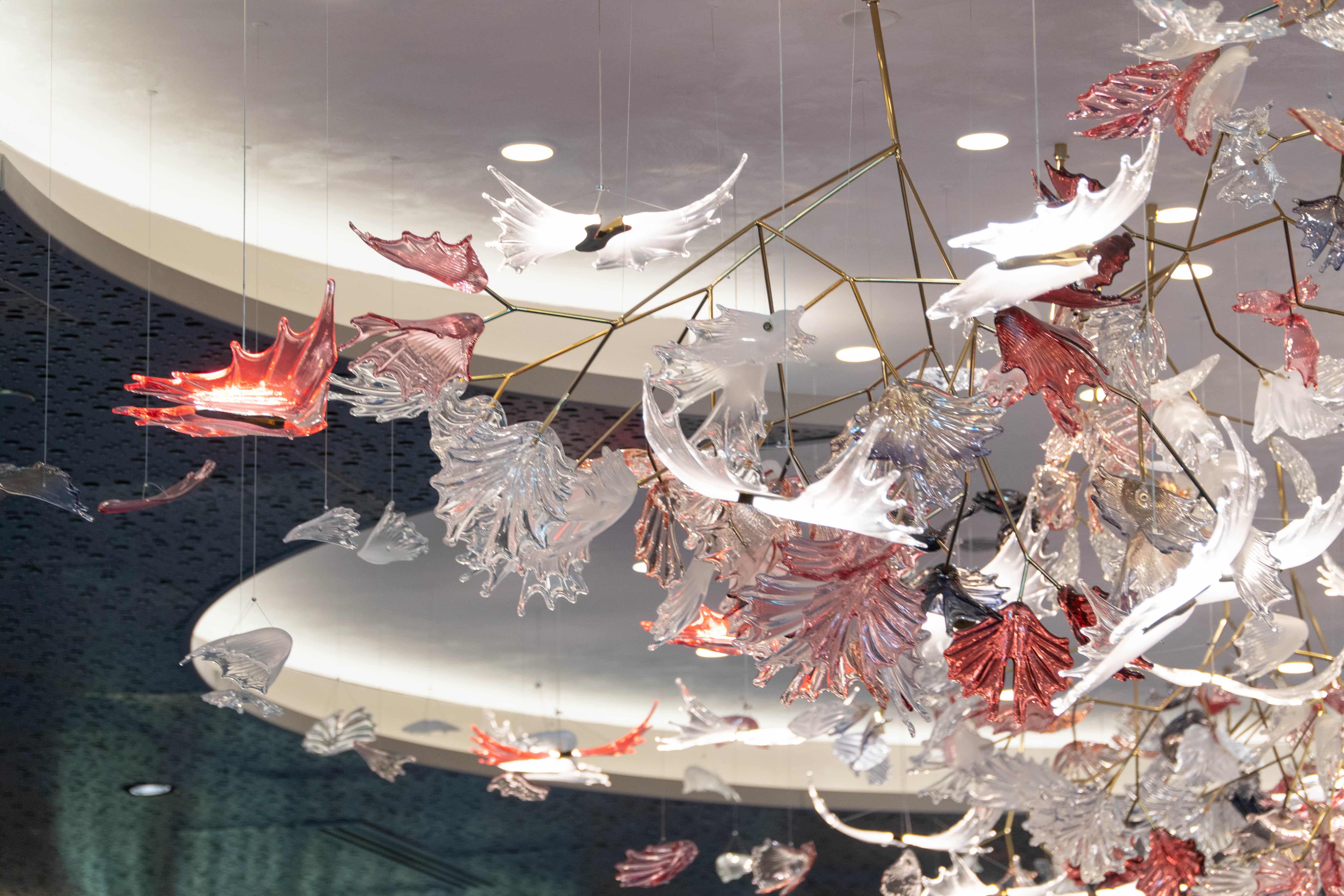
T1 Transit Hall refreshed for a more comfortable experience
The area boasts an aesthetic and elevated design with a brand-new light installation and revamped seating.
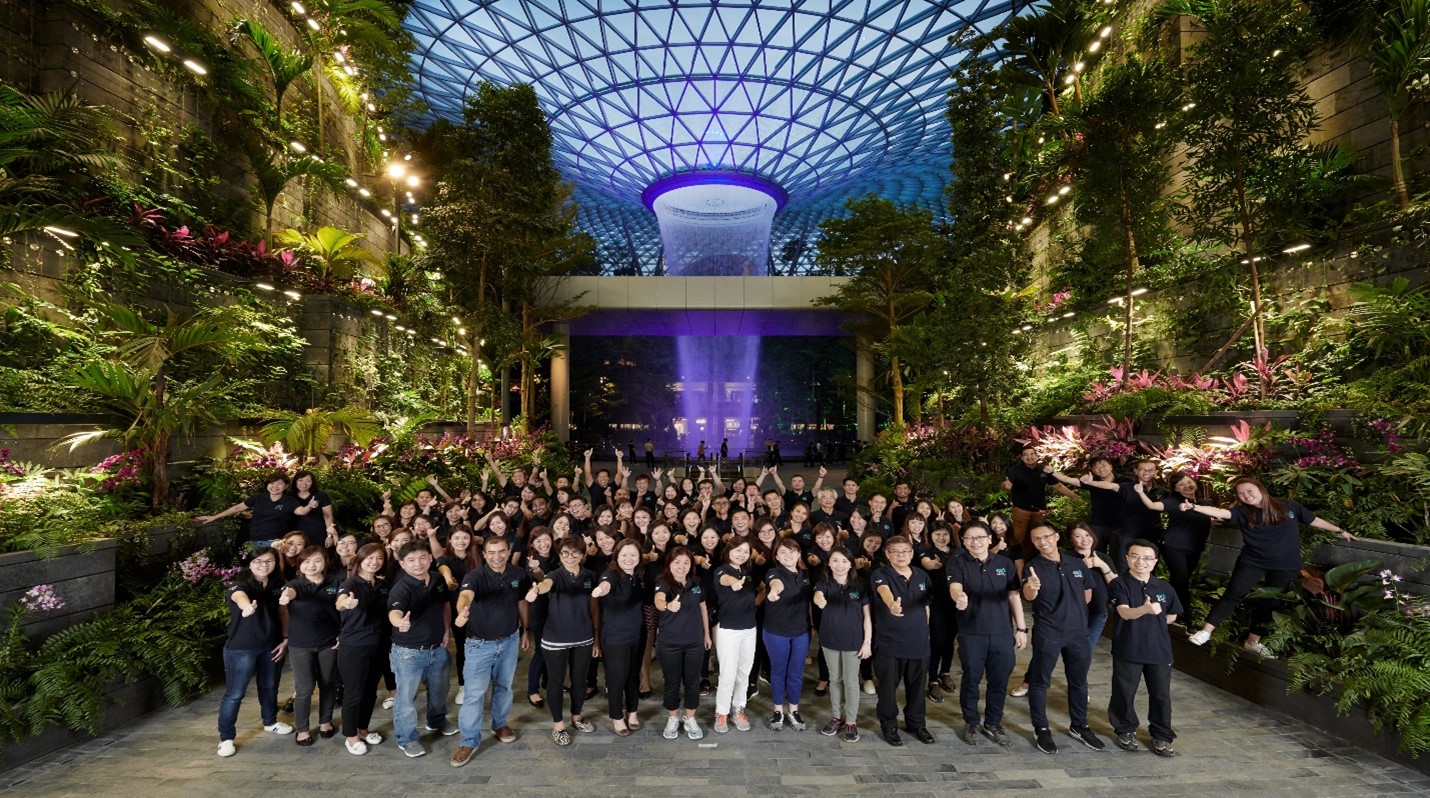
From the desk of Jewel’s CEO: Untold stories
Changi Journeys speaks to Hung Jean, CEO of Jewel Changi Airport, as she moves on from her role in January 2022. She reflects on her journey with Jewel over the past 12 years.
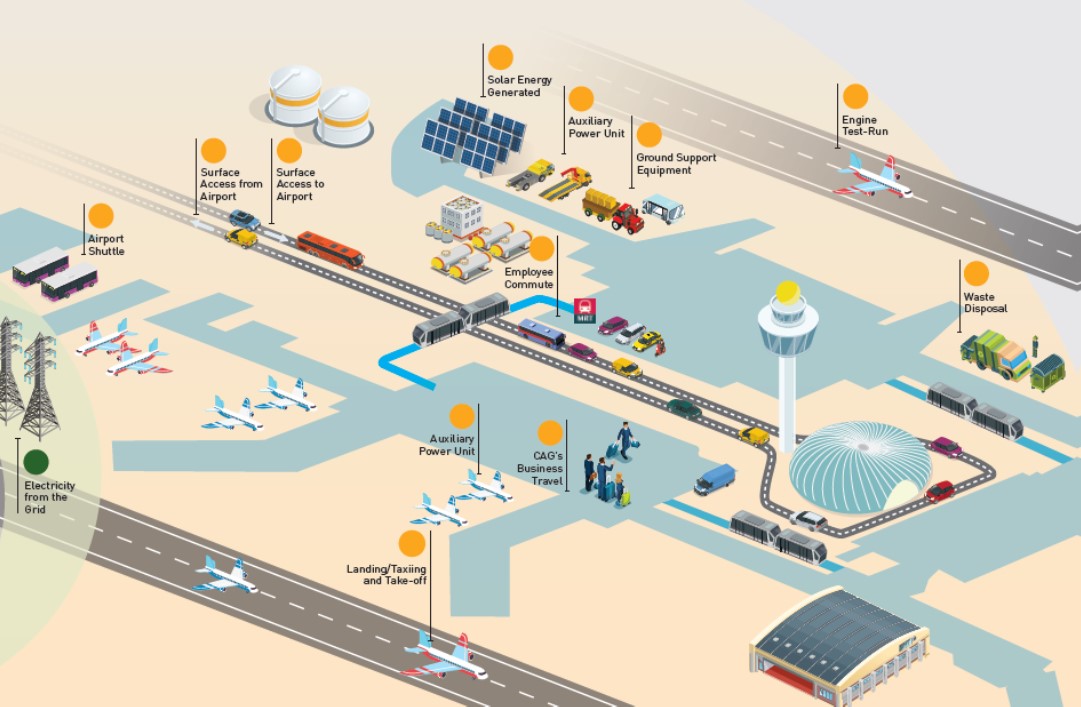
Keeping Changi cool with less energy
CAG's de-carbonisation efforts centres around reducing energy consumption. Our chiller plant upgrade project illustrates the airport's commitment to lower our carbon footprint and serve travellers more sustainably.

